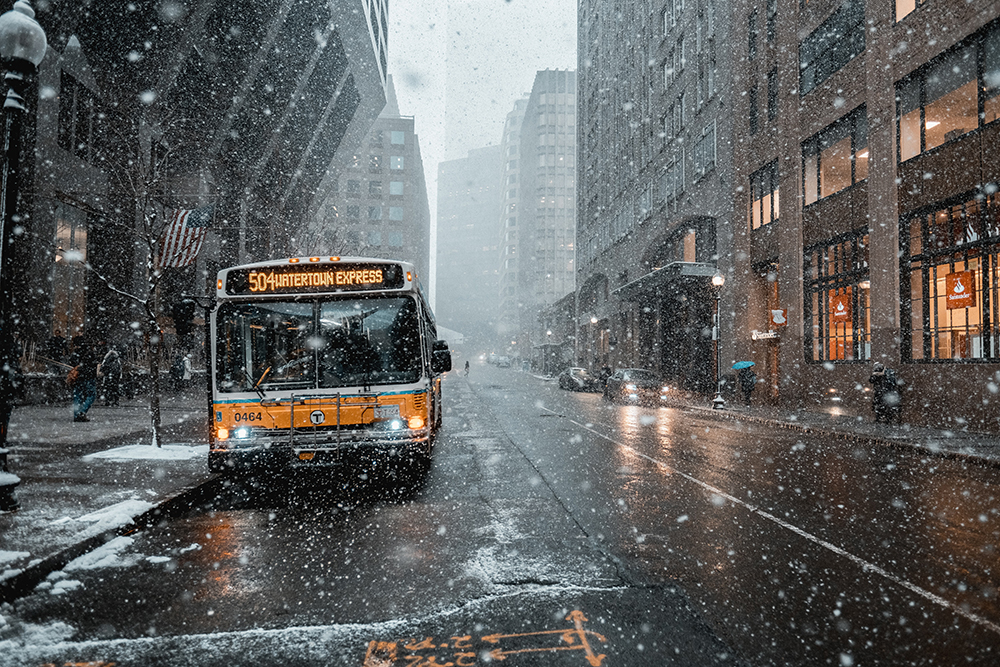While U.S. and international flights coming into Canada have been significantly curtailed since the outbreak of COVID-19, thousands of passengers are still arriving at the country’s airports each week.
While U.S. and international flights coming into Canada have been significantly curtailed since the outbreak of COVID-19, thousands of passengers are still arriving each week at the country’s airports.
It’s an issue that at least one infection control epidemiologist believes is cause for concern.
“The fact of the matter is this pandemic arrived everywhere in the world through travel,” said Colin Furness, who is also an assistant professor with the University of Toronto’s Faculty of Information.
“We should be closing our borders as much as we can. We can’t bring [the number of entrants] down to zero but we should get as close as we can.”
According to the Canada Border Services Agency, 356,673 air travellers came into Canada from the U.S. last year during the week of May 11-17. In the same time period this year, there was a nearly 99 per cent drop.
Yet 3,691 people still entered Canada that week.
As well, international travel in that time period saw a 97 per cent decrease from last year’s total of 374,775. This year, during that same week, 10,845 people arrived at one of the four Canadian airports that accept international flights Montreal, Toronto, Calgary and Vancouver.
In total, since March 23, 76,072 passengers from the U.S. and 193,438 international travellers have arrived in Canada.
Travel-related cases dropped
Two months ago, Prime Minister Justin Trudeau announced that for air travel specifically, as of March 18, the government was barring foreign nationals from all countries except the U.S. from entering Canada.
But an order in council later that month exempted a number of individuals, including immediate family members of a Canadian citizen, emergency service providers, temporary foreign workers and international students.
The ban came at a time when the vast majority of COVID-19 cases were deemed to be travel-related. Since those restrictions have been implemented, travel-related cases of COVID-19 have dropped significantly.
According to the Public Health Agency of Canada, as of May 25, 81 per cent of all COVID-19 cases were related to community transmission. Meanwhile, 19 per cent of cases were the result of someone becoming exposed while travelling or being exposed to a traveler coming to Canada. Nine per cent of cases were those who reported to have travelled outside of Canada.
“The data from PHAC suggest that since the borders were closed, international travel is rarely a cause of cases in Canada the biggest category by far is domestic spread,” said Dr. Michael Gardam, an infectious disease specialist and chief of staff at Humber River Hospital in Toronto, in an email.
“I don’t think the risk [of international travel] is zero but it is much lower than it used to be, especially since international arrivals must quarantine for 14 days upon arrival.”
But Furness said some countries that seemed to get the virus under control have experienced small flare-ups because of infections related to travel.
“It may well be that we’re not seeing a large number of travel-related cases, but one case can then spawn one more, which then spawns a whole ton of community spread,” Furness said.
‘Trusting people to self-isolate’
Anyone arriving in Canada by air or land must complete a contact tracing form to help PHAC monitor and enforce the 14-day quarantine or isolation requirement. Failing to comply with the Quarantine Act can lead to a fine of up to $750,000 and/or imprisonment for six months.
“Those that aren’t [self-isolating] I imagine are in the minority,” said Dr. Isaac Bogoch, an infectious disease specialist and researcher based at Toronto General Hospital.
“I think it’s safe to assume the vast majority of those individuals are adhering to the 14 days isolation.”
Last week, PHAC revealed to CBC News that police officers have made nearly 2,200 home visits to make sure Canadians are complying with the self-isolation rules when they return to Canada.
PHAC said there have been no arrests under the Quarantine Act since the pandemic restrictions began.
Still, Trudeau told reporters last week “we need to do more to ensure that travellers who are coming back from overseas or from the United States … are properly followed up on, are properly isolated and don’t become further vectors for the spread of COVID-19.”
He said conversations were ongoing with the premiers regarding potential monitoring tools for those arriving in Canada.
Stringent policies
Recently, Alberta Premier Jason Kenney announced his government was implementing more stringent measures at the province’s two international airports in Calgary and Edmonton to screen incoming passengers from outside Canada for symptoms of COVID-19.
Travellers arriving from destinations outside Canada will undergo temperature scans and provide provincial officials with details of their 14-day mandatory quarantine plan. That includes where they will stay and how they will get there.
Travellers without such plans or private transport to their destinations will be isolated on site, Kenney said.
WATCH | The future of flying:
Technology could play a big role as airports and airlines develop new ways to help passengers feel safer.3:43
In April, the federal government announced that all air travellers would have to wear face masks while in transit and whenever maintaining two metres’ separation from others is not possible.
Passengers arriving in or departing from Canada have to prove they have a non-medical mask or face covering with them during the boarding process. If they can’t, they can be prevented from continuing their journey.
Some airlines have capped the number of tickets they sell, or ensure that the middle seat is kept empty.
However, the International Air Transport Association, in an effort to restart commercial flights, suggested this month that it was time to end some of the in-flight physical distancing rules.

